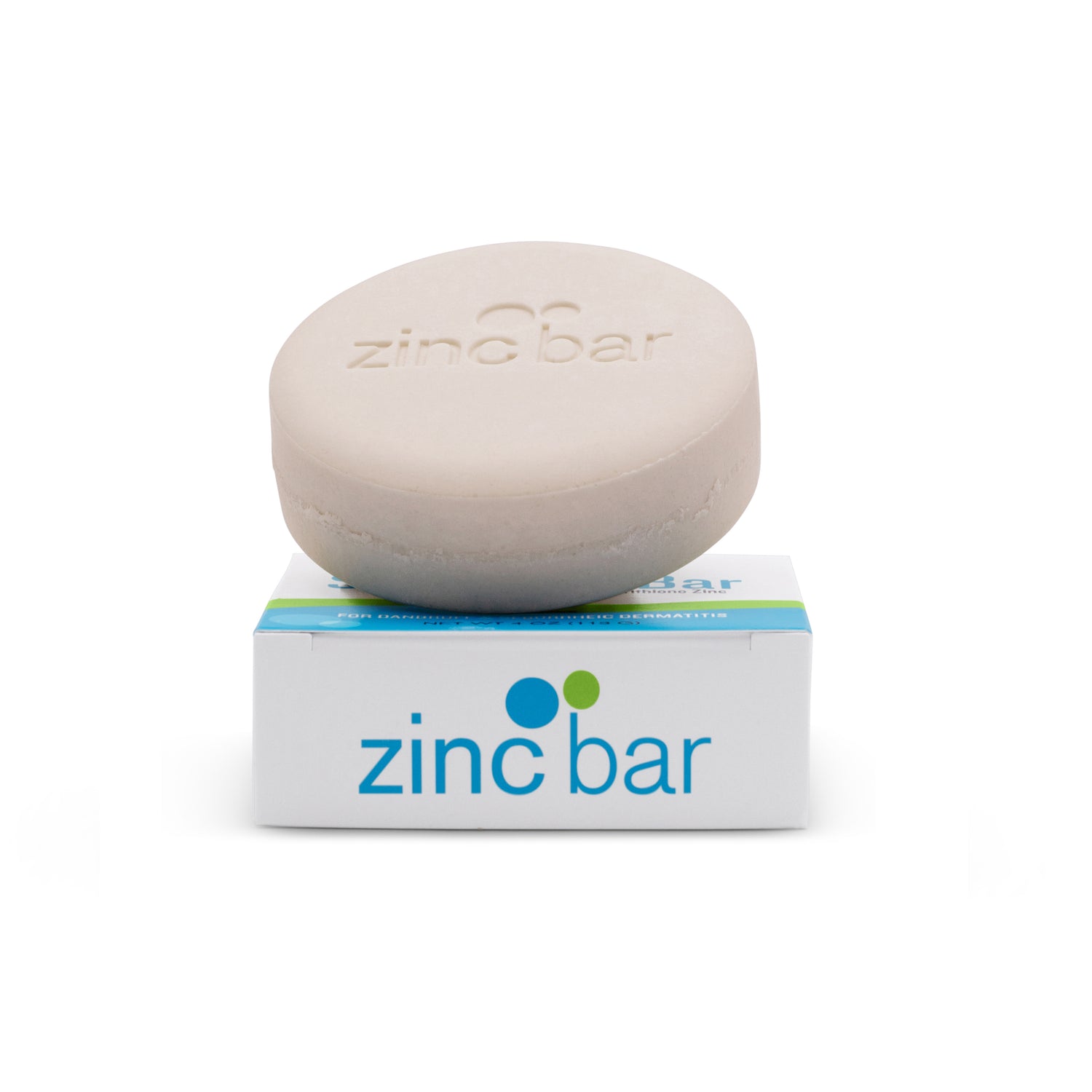Erythrodermic Psoriasis
Overview
Erythrodermic psoriasis is a particularly inflammatory form of psoriasis that often affects about 85% of the body surface. It is characterized by periodic, widespread, fiery redness of the skin. The reddening and shedding of the skin are often accompanied by severe itching and pain.
Patients having an erythrodermic psoriasis flare should make an appointment to see a doctor immediately. Erythrodermic psoriasis causes protein and fluid loss that can lead to severe illness. Swelling from fluid retention, especially around the ankles, may also develop along with infection. The body's temperature regulation is often disrupted, producing shivering episodes. Infection, pneumonia and congestive heart failure brought on by erythrodermic psoriasis can be life-threatening. People with severe cases of this condition often require hospitalization.
Known triggers of erythodermic psoriasis include sudden withdrawal of systemic treatment; the use of systemic steroids (cortisone); an allergic, drug-induced rash that brings on the Koebner response (a tendency for psoriasis to appear on the site of skin injuries); and severe sunburns.
Initial treatment usually includes medium-potency topical steroids and moisturizers, combined with wet dressings, oatmeal baths and bed rest. Antibiotics may also be used. Careful attention is paid to restoring and maintaining fluids in the body.

